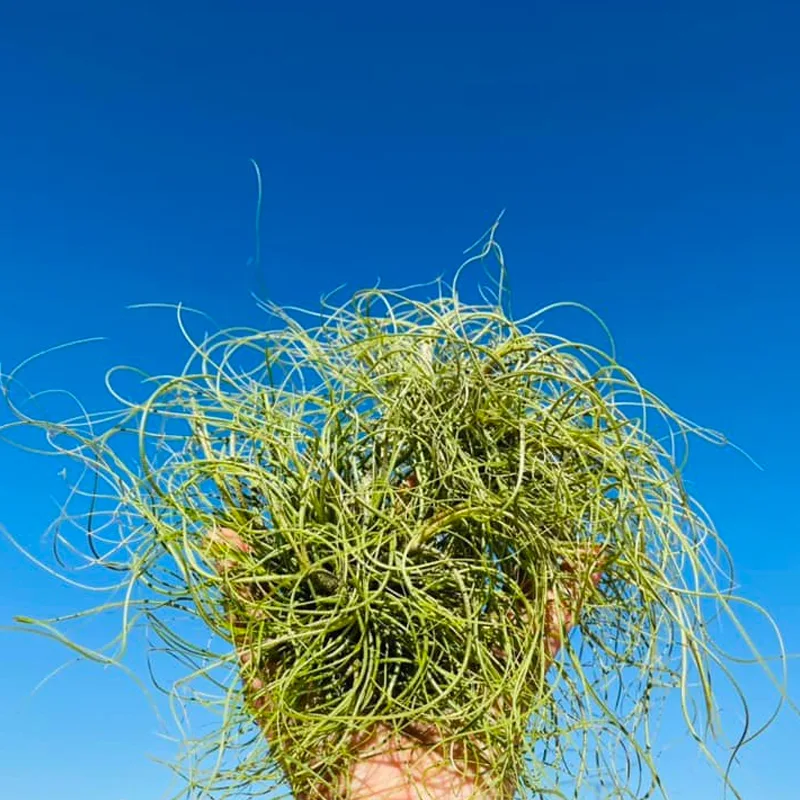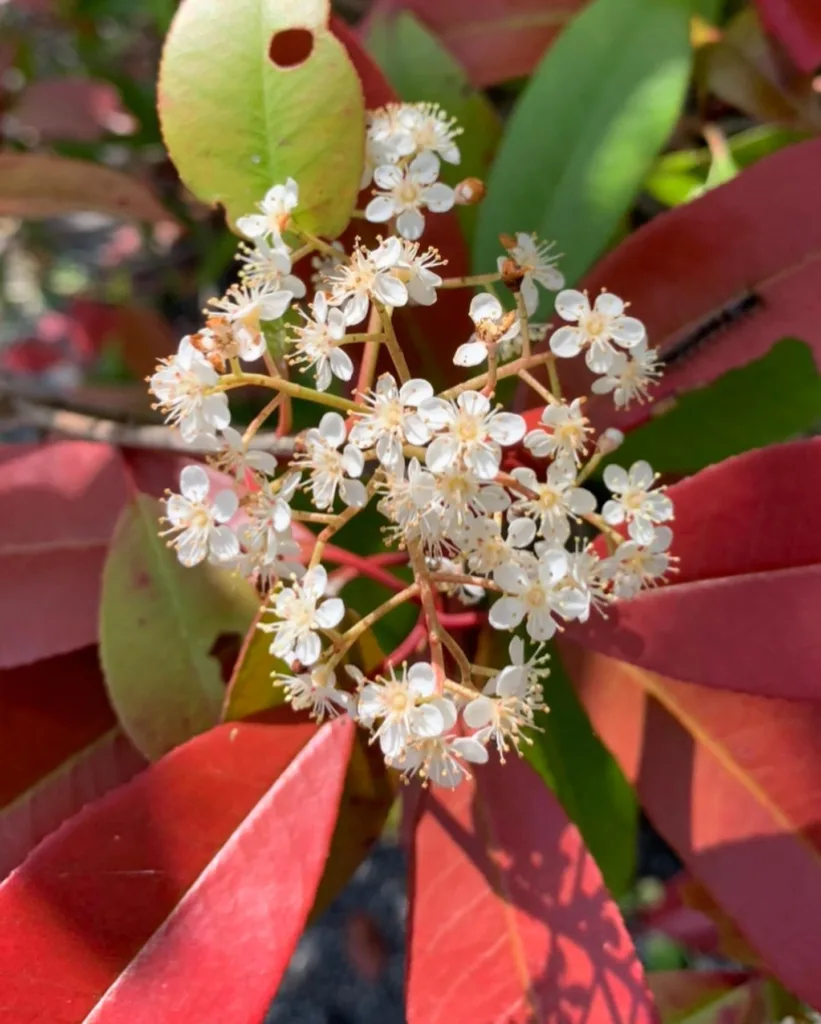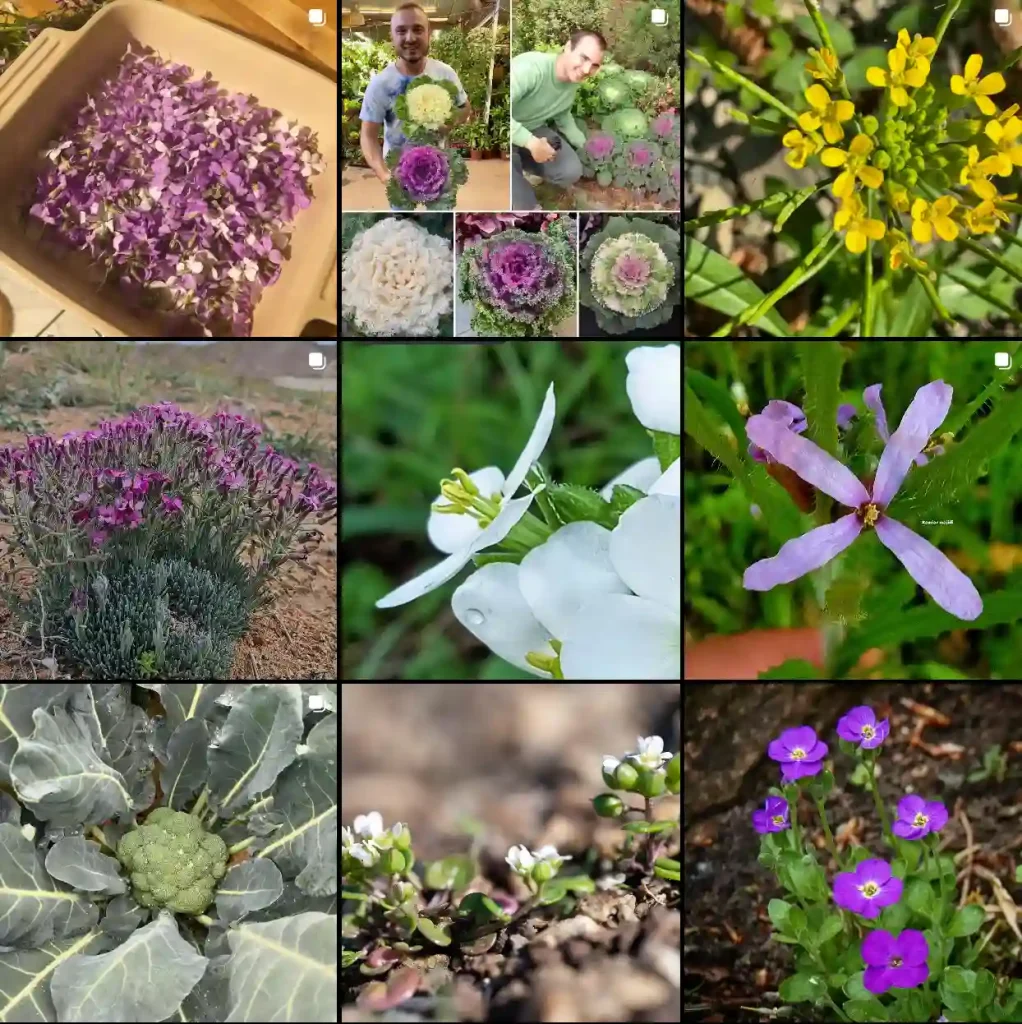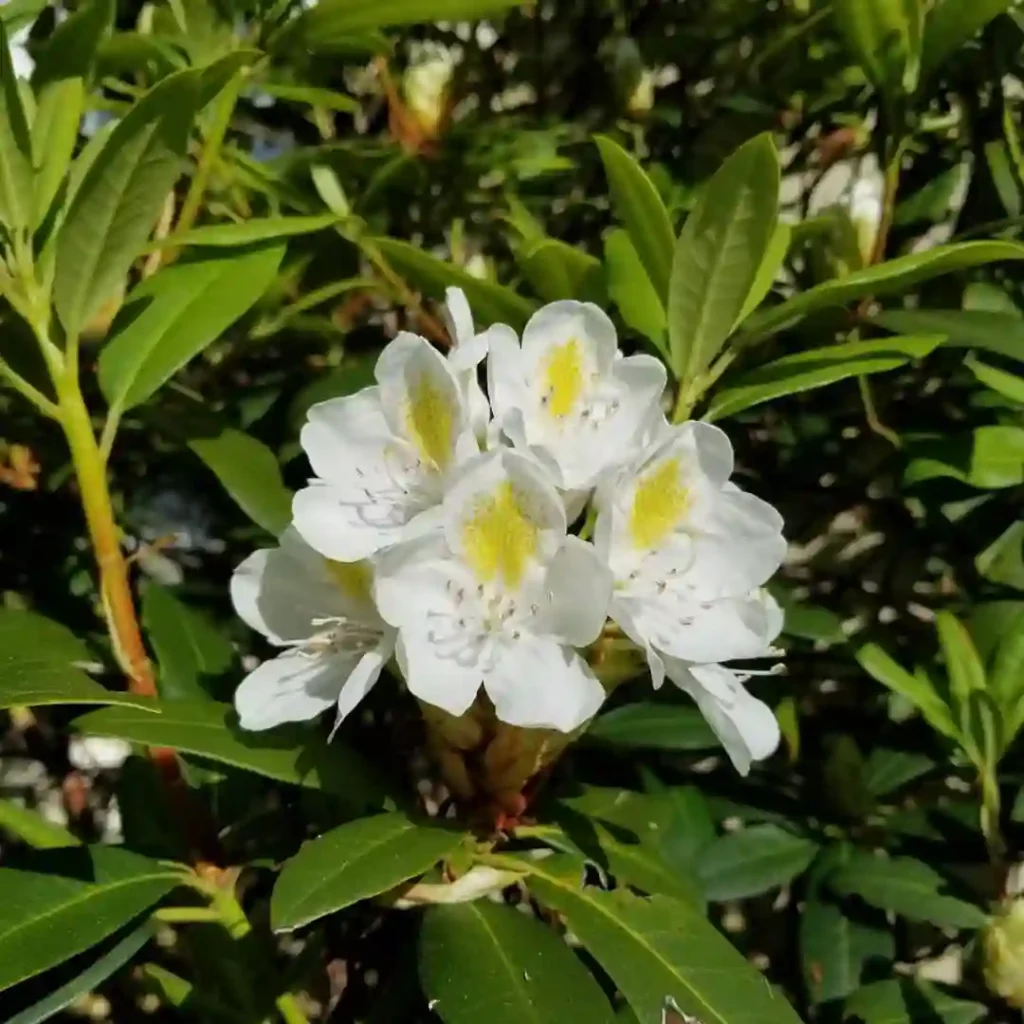FAQs About Cornus Cherokee Brave
As a plant enthusiast, I’ve often found myself drawn to unique and vibrant species, and Cornus Cherokee Brave has captured my heart. This beautiful flowering dogwood is celebrated for its stunning blooms and resilience. Here, I’ll share some frequently asked questions that might help you understand and appreciate this magnificent plant even more.
56 Species in Genus Cornus – Dogwood
What Is Cornus Cherokee Brave?
Cornus Cherokee Brave is a hybrid dogwood known for its stunning red flowers that emerge in spring. The plant can grow to about 15 to 20 feet tall and wide, making it a perfect focal point in gardens. The glossy, dark green leaves turn vibrant shades of red and purple in the fall, providing year-round interest. I love how it brings life to my garden, especially during blooming season.
How to Care for Cornus Cherokee Brave?
Caring for Cornus Cherokee Brave is relatively straightforward, and I’ve learned a few tips along the way.
- Light Requirements: This plant thrives in partial to full sunlight. I’ve noticed that it performs best with at least four hours of direct sunlight each day.
- Soil Conditions: It prefers well-draining soil that is rich in organic matter. I often amend my garden soil with compost to ensure it has the nutrients it needs.
- Watering: Regular watering is crucial, especially during dry spells. I make sure to water deeply once a week, ensuring the soil stays moist but not waterlogged.
- Fertilization: I apply a balanced fertilizer in early spring. This boosts its growth and flowering potential, ensuring vibrant blooms.
- Pruning: Pruning can be done in late winter or early spring to shape the plant and remove any dead or diseased branches. I find that this keeps my Cornus Cherokee Brave healthy and encourages new growth.
How to Propagate Cornus Cherokee Brave?
If you’re keen to propagate Cornus Cherokee Brave, there are a couple of methods you can try:
- Cuttings: Taking semi-hardwood cuttings in late summer is effective. I dip the cut ends in rooting hormone and plant them in moist potting soil. With patience and proper care, they’ll root within a few weeks.
- Layering: This method involves bending a branch to the ground and covering part of it with soil. I’ve had success with this, as it allows the branch to develop roots while still attached to the parent plant.
What to Plant With Cornus Cherokee Brave?
When selecting companion plants, consider species that complement its beauty and thrive in similar conditions. Some great options include:
- Azaleas: Their colorful blooms create a beautiful contrast against the dogwood’s flowers.
- Hostas: The lush foliage of hostas provides a nice ground cover and thrives in partial shade.
- Ferns: Adding ferns can enhance the lush feel of your garden and work well in the dappled light under the dogwood.
Is Cornus Cherokee Brave Toxic?
One question I often encounter is about toxicity. Cornus Cherokee Brave is non-toxic to humans and pets, which is a relief! I feel comfortable having it around my kids and pets without worrying about any harmful effects.
Benefits of Cornus Cherokee Brave
This plant offers numerous benefits that I appreciate in my garden:
- Aesthetic Appeal: With its stunning blooms and vibrant fall colors, it serves as a focal point in any landscape.
- Wildlife Friendly: It attracts pollinators like bees and butterflies, adding life to my garden.
- Low Maintenance: Once established, it requires minimal care, making it perfect for busy gardeners like me.
Common Problems with Cornus Cherokee Brave
Despite its hardiness, Cornus Cherokee Brave can face a few issues:
- Powdery Mildew: This fungal disease can affect the leaves, especially in humid conditions. I manage this by ensuring good air circulation and applying fungicide if necessary.
- Dogwood Anthracnose: A serious fungal disease that can be devastating. I keep an eye out for symptoms and promptly remove affected branches.
Comparing Cornus Cherokee Brave with Similar Plants
People often confuse Cornus Cherokee Brave with other dogwoods, like Cornus Florida. While both have beautiful blooms, Cherokee Brave is generally more resistant to diseases. Additionally, Cherokee Brave’s fall color is more pronounced, offering a striking display as the seasons change.
In conclusion, Cornus Cherokee Brave is a fantastic addition to any garden. With its beautiful flowers, manageable care, and benefits for local wildlife, I can’t recommend it enough. Whether you’re a seasoned gardener or a beginner, this plant offers something special for everyone. If you’re considering adding it to your landscape, I promise you won’t be disappointed!
If i die, water my plants!



